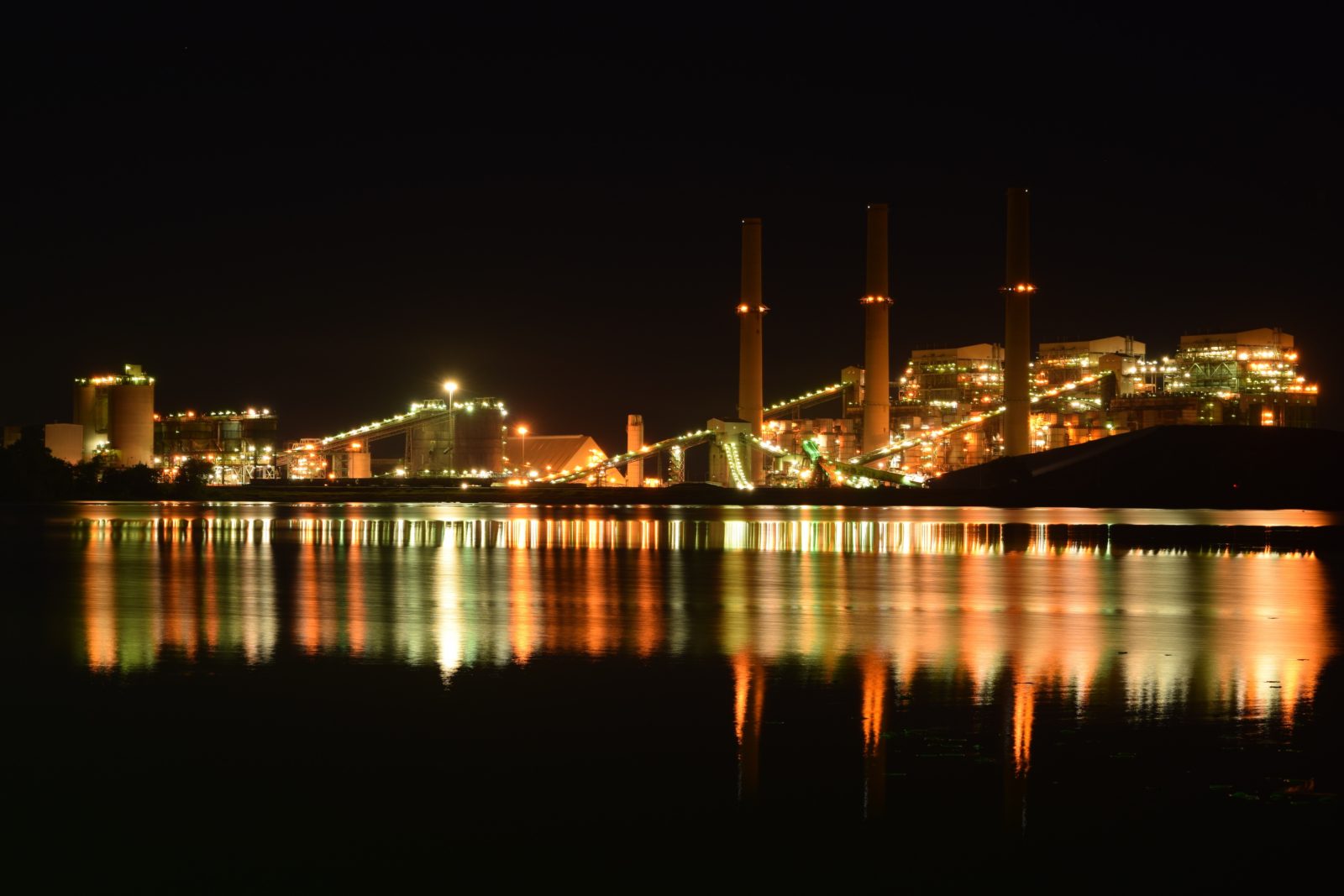In the first half of November, the Czech gas storage capacity was still 99 percent full. Now, about a month later, stocks are a tenth lower. The drawdown from storage has occurred mainly recently due to cold weather and weaker gas imports into the Czech Republic. However, it is still the case that stocks should last throughout the winter.
On Monday, December 12, a total of 33.1 TWh of gas was stored in Czech storage facilities, according to Gas Infrastructure Europe’s (GIE’s) Aggregated Gas Storage Inventory (AGSI) data. The total storage capacity of 36.9 TWh represents a 90 percent fill rate.
Two weeks earlier, on November 28, there was still 36 TWh of gas in storage, corresponding to a fill rate of around 98 percent.
With the onset of the cold weather in December, a noticeably increased amount of gas began to be drawn from storage. In recent days, temperatures have fallen below zero, and frost has formed at night and during the day.
But another fact has also played a role. “In the last two weeks, pumping from the reservoirs has been quite intensive, mainly due to the decline in gas imports into the Czech Republic. Currently, imports are down by more than half compared to previous months. It reaches around 10 million cubic meters per day, while consumption has risen to 35 million cubic meters,” Michal Kocůrek, managing consultant at the EGÚ Brno, said.
But the situation is not difficult. Even if daily gas imports remain above 10 million cubic meters, “we should still be able to cope with this winter if we maintain the set trend of a 15 percent drop in consumption compared to last Kocůrek added.
However, such a large amount of imports may start to look like a problem in spring. “During the spring and summer of next year, supplies to the Czech Republic must return to at least around 20mn m3 so that we can cope with the following winter without a controlled reduction in gas consumption,” Kocůrek warned.
By comparison, the total storage capacity in the EU countries was slightly lower than in the Czech Republic, at 87.3 percent as of Monday, December 12. Poland is the best performer, with 97.4 percent of its capacity filled. Latvia has the lowest percentage of stored gas in the EU (51.6 percent). The second worst is Hungary (78 percent).
Gas from Norway and the Netherlands
At the end of the summer, Russia cut off supplies to Europe via the Nord Stream 1 pipeline running along the Baltic Sea bed to Germany, from where gas was then flowing to the Czech Republic. In late September, the pipeline was damaged by severe explosions.
Since then, gas from Norway and liquefied natural gas (LNG) from the Dutch terminal in Eemshaven, where CEZ has owned a one-third stake for five years, have provided the Czech Republic with three billion m3 of gas per year.
According to an earlier statement by ČEZ CEO Daniel Benes, the pace of deliveries is two to three LNG ships per month, with the capacity of one of them usually around 100 million m3.







To the czechdaily.cz admin, Keep sharing your knowledge!
Dominate the competition – your victory is waiting Lucky cola